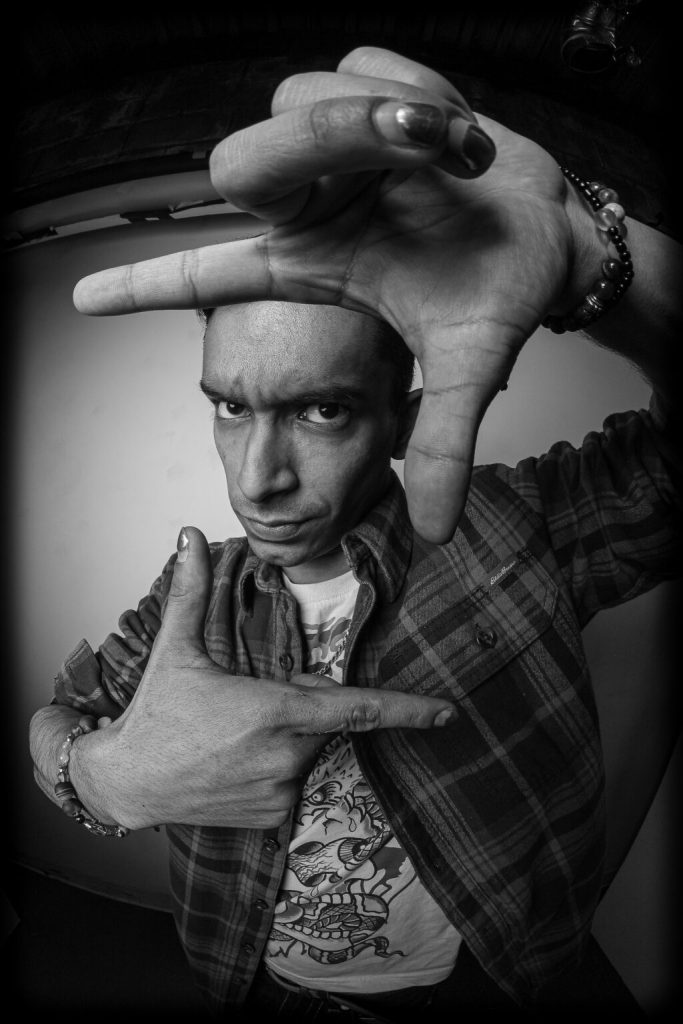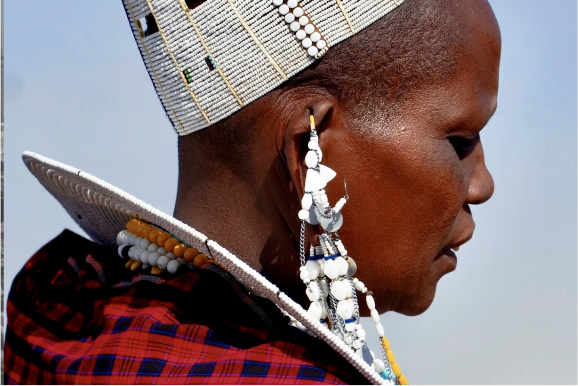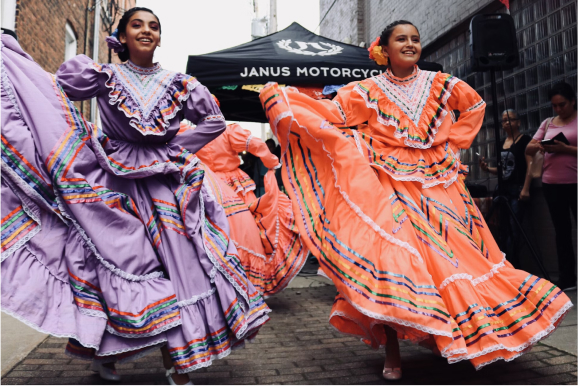Stories aren’t just things we tell—they’re how we survive. Woven through handheld footage, grainy textures, and rough-cut edits, they become a form of resistance. For Jose Lacera, the sharp-eyed, self-taught filmmaker behind Calgary’s No Way Jose Productions, storytelling is liberation. It’s a way to capture truth without permission—to reclaim the narrative when the world tries to define you.
From the moment he booted up iMovie on his Godmother’s old MacBook, that mission has been clear: show life as it really is, not as we’re told it should be.
“I’ve always loved filmmaking,” Lacera says. “As a kid, I was obsessed with the movie-going experience. Directors like Spielberg, Kubrick, Peter Jackson, and Tarantino pulled me in. But it wasn’t until I started playing around with the front-facing camera on that laptop that I realized—I could make my own films.”
What began as skits and church videos soon evolved into something deeper. Through high school film classes, hours of self-study, and endless experimentation, Lacera began to hone a style that felt wholly his own—visually rich, emotionally provocative, and rooted in honesty.
“I love faces,” he says. “I’m drawn to portraits, those quiet, powerful moments where someone feels seen. That’s where the magic is. When people watch the footage back and say, ‘I didn’t know I could look like that’—that’s the feeling I chase.”
That instinct—to honour his subjects rather than simply frame them—runs through all of Lacera’s work. Whether he’s documenting a high-octane festival set or a still, vulnerable confession, he approaches each shot with intention and empathy. “My style is ethereal and emotionally led,” he says. “I want to guide people through a moment, not just show it. Everything starts with the story.”
He credits early influences like Spielberg for teaching him the balance between spectacle and sensitivity. “I was obsessed with Indiana Jones, Jaws, Jurassic Park—those iconic films shaped how I think about storytelling. Spielberg could make the epic feel intimate, and that’s something I try to bring into my own work.”
Lacera’s creative evolution has been anything but linear. Like many independent artists, he’s built his portfolio piece by piece, collaboration by collaboration. One of his most significant partnerships has been with Nav Khiljie, a fellow Calgary-based storyteller and documentarian. Together, they’ve produced a range of gripping visuals—from a mini-documentary exploring the inside of Pablo Escobar’s infamous jail in Medellín, Colombia, to a nerve-rattling ascent of Canton Tower in China, one of the tallest structures in the world.
But perhaps the most sustained project in Lacera’s recent career is his work with Wicked Woods Music Festival. Now in his third year with the event, he stepped into the role of Lead Media Coordinator last year—where he was tasked with overhauling the entire media operation from the ground up.
That instinct—how to evoke feeling through footage—defines much of Lacera’s event work. I saw it firsthand when he invited me to Polar Fest, a free outdoor wellness event that featured guided breathwork, live music, and a daring plunge into the Bow River. We’d connected a few weeks earlier through Instagram DMs, bonding quickly over our shared love for storytelling, music, and the beautiful chaos of chasing creative dreams.
At Polar Fest, Lacera was in his element—floating between observer and participant, camera in hand, energy infectious. His lens didn’t just record the event; it elevated it.
“Honestly, it’s a balancing act,” he said, laughing, when I asked how he pulls it off. “I’ve gotten more serious about event coverage in the past two years. But I’m also kind of a party animal—I love to enjoy myself, and I think that energy comes through in the footage. If I’m having fun, the work feels alive.”
That aliveness is part of what makes Lacera’s visuals so resonant. He doesn’t shoot from the sidelines. He dives in headfirst. And yet, his style is never chaotic—it’s thoughtful, composed, emotionally layered. He gives his subjects space to breathe and be.
Still, despite his growing success and expanding portfolio, Lacera remains grounded—and candid—about the realities of being an indie filmmaker in Calgary. “When it comes to the independent filmmaking scene here, nothing really stands out to me,” he says. “Maybe I’m not as tapped in, but it doesn’t feel like there’s strong infrastructure or support for indie creators. I’ve tried to break into that world, but it never really clicked.”
Instead, Lacera has carved his own path, relying on self-initiative, resilience, and a tight circle of collaborators. “Filmmaking takes collaboration—a real team—and most of my career, I’ve been doing it solo,” he adds. “But maybe that’s helped me develop my own rhythm. I’ve learned to be resourceful, to trust my instincts, to move even when conditions aren’t perfect.”
That blend of self-sufficiency and artistic conviction is what defines Lacera’s work. He’s not waiting for permission. He’s building something on his own terms—one frame at a time. “The legacy I want to leave behind is one of freedom,” he says. “A free way of life, lived with intention, curiosity, and connection. I want people to know it’s possible to carve out your own path. I did it—and if I can, anyone can.”
And maybe that’s the most radical part of Lacera’s story—not just the visuals he captures, but the life he’s living behind the camera. A life that says: You don’t have to wait for the perfect gear, the perfect crew, the perfect system. You just have to start. You just have to care. You just have to tell the truth—and trust that someone, somewhere, will feel it.
This interview has been edited and condensed for length and clarity



